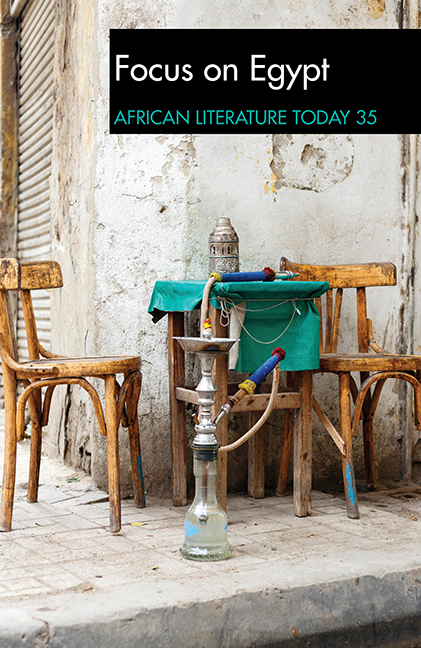‘Is Egypt in Africa, Professor?’
from EDITORIAL ARTICLE
Published online by Cambridge University Press: 24 August 2019
Summary
At theUniversity of Michigan-Flint, I teach a First YearExperience course (UNV 100) titled, ‘Sites and Sounds ofAfrica’. The course was designed among other things, ‘tohelp students see the world through the eyes of anotherculture’. The focus is on Africa, the second-largestcontinent in the world, famous for its human and naturalresources. Two words describe Africa perfectly – ‘Diversityand Contrast’. Students ‘explore’ the continent'sdiversities and contrasts using four selected countries forillustration. The countries represent four differentgeographic regions of the continent: Egypt (North), Kenya(East), Nigeria (West) and South Africa (South).
Integrated intothe course are various ‘experiential learning components’,exposing the students to real-world examples of the basiccourse concepts and ideas. Visits to the Detroit Instituteof Arts and the Charles Wright Museum of African AmericanHistory (also in Detroit) have been a field triprequirement. The focus at the Institute is on African artsand artistic productions over the centuries, while at theMuseum it is on Africa as the genesis of humankind and thesource of the historic transatlantic slave trade.
One year, thevisit to the Detroit Institute of Arts produced anunexpected dilemma for both the students and theirprofessor. The purpose of the visit was to study the vastarray of African works of art on display at DIA. Studentswere to make a close study of the art works and notecarefully any documentation about them. Each student wouldidentify three favourite works of art, study and payparticular attention to them, collect information about themsuch as name of object, information about the artist, placeof origin of both the artist and the object, description ofthe piece, its purpose and cultural significance … and itsjourney from Africa to its present location. At the end ofthe visit students would write a well thought-out paper on,‘My Impressions of African Art at the Detroit Institute ofArts’.
It turned outthat the exhibits of Egyptian works of art were displayed ata location separate from those of the continent of Africa!The tourist guide and the curator did not see anythingunusual about that as evident in their conscious effort to‘educate’ the professor and his students that Egypt was inthe Middle East and not Africa! The dialogue that ensued andthe professor's enthusiastic attempts to elucidate were tono avail.
- Type
- Chapter
- Information
- ALT 35: Focus on EgyptAfrican Literature Today 35, pp. 1 - 6Publisher: Boydell & BrewerPrint publication year: 2017



